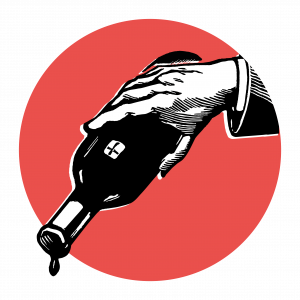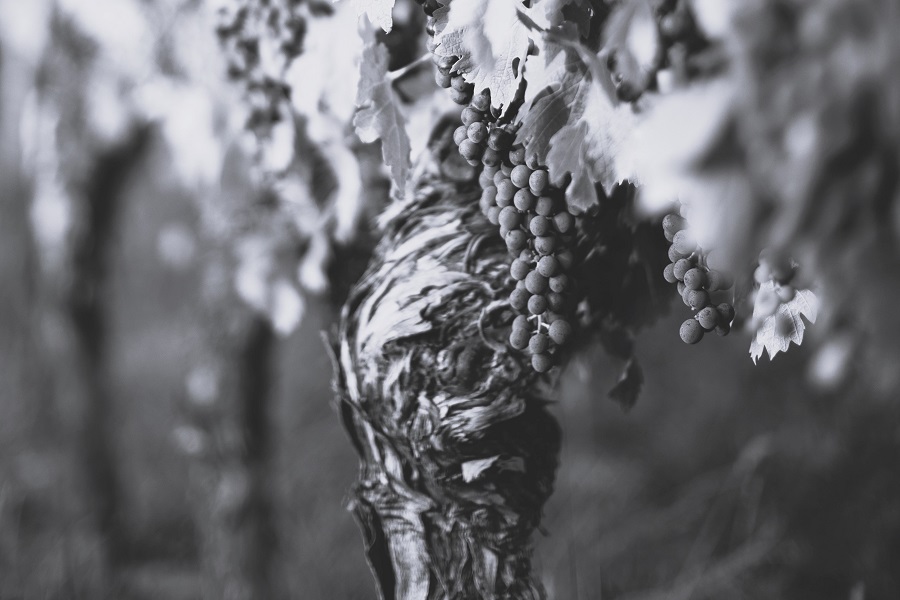“Remarkable, miraculous, and truly exceptional vintage.”
Not my words, nor those of a Bordeaux château owner, typically bigging up their property’s new wine. No, the very erudite Colin Hay, a man who, when he is not writing about fermented grape juice, works as the Professor of Political Science at Sciences Po in Paris. He is not given to hyperbole, and he remains firmly grounded when assessing En Primeur claret. Furthermore, he is not flogging his own dotcom blog, so he can be, and is, completely objective. He goes even further, “I am utterly convinced that this is the very best vintage that I have had the privilege and honour to taste en primeur.” So, is he right? Well, he just might be onto something…
As always, there were murmurings of great quality when the harvest landed in the cuveries last September, but the wine trade’s pinching of salt has now become very much “de rigueur.” However, when Damien Sartorius of Léoville Barton told me that he could not believe how well his wines had turned out (again, a man for whom understatement is the norm), one began to sit up, and take notice.
That salt-pinching, of course, was always going to happen when 2022 delivered such record-breaking temperatures, allied to exceptional drought. How were the vines going to cope, and how were they going to produce their finest fruit? One recalled 2003, another year of “la canicule,” when grapes were often sunburnt, and there was a constant struggle for water. Some estates scored superbly, others not so much, but every vigneron noted that it had been incredibly hard to know what to do in the vineyard. The heat was unprecedented. It was a whole new ball-game.
Ah, but roll on through the years, many of which have been noted for their extreme warmth, as climate change continues to tighten its grip, and winemakers have become most adept at adjusting every single step of both viticulture and vinification. For example, take the classed growth Rauzan-Ségla, in the commune of Margaux – when it came to picking in 2022, eastern and western sides of the vines were harvested separately, ensuring optimum conditioning. Was Rauzan the only château to follow this line? Probably, for it is clear that every estate had to decide individually on their respective strategies, hardly surprising when one considers the numerous “climats” and “terroirs.” What was good for Pessac-Léognan was never going to work in Saint-Estèphe, the variation of soils, rainfall, temperatures hot to sizzling, etc. Homogenous, the vintage is not.
Good Lord, yet another article on wines where the conclusion is that some may be better than others!
Crucially, though, there is an amazing amount of top class 2022, such is the great expertise that now runs throughout the Bordeaux industry, helped along by huge investment from the likes of LVMH, François Pinault, Bouygues, Chanel; there are serious big-hitters wherever one looks, and for them, ‘tis merely petty cash. Whereas in the past, the first growths always stood head-and-shoulders above the rest, it’s now clear that the likes of Montrose, Léoville Las Cases, Palmer et al, are every bit as good. The runners and riders are bunched up like the start of the Grand National; the gaps are tiny.
2022 has superb balance, with purity, freshness, and acidity that, by rights, should not have existed. Indeed, would NOT have existed 10–15 years ago. Beautiful fruit, nothing stewed, rich, full, with depth and complexity. Sure, there is the occasional harsh tannin, or a very slight stray towards astringency, but that’s always par for the course. All the elements for a great vintage are there. Harmony rules.
Anyone interested in prices? The trade had been holding its breath; talk of 20–25% rises, not just because of heights being hit, but the crop is also small. Going back to that point about investment, there has to be some sort of return, and if there isn’t much juice with which to play, well… It’s not as if the Bordelais need much of an excuse!
Anyway, as I write in mid-May, the first flurry has come to market. Château Angélus caused us to roll our eyes, a 32% hike from 2021. Elsewhere, not nearly as bad as feared – the two brilliant Saint-Julien Bartons up 15%, their neighbour Beychevelle 17%. Down the road in Pauillac, one can buy 5th growth Château Batailley and it will end up on your dining-table at just over £40 a bottle, all-in, while at the other end of the scale, ever-dependable Château Cissac kept its price exactly the same as its 2021, so an eventual £15 drop. That’s a proper deal.
At the risk of sounding a bit mad, one could almost make a case for Bordeaux returning to the “value” stable. For when the prices of top Napa Valley Cabernet, burgundy of both colours, and Super Tuscans go completely crazy, claret doesn’t seem too unreasonable. It has certainly always tended to recalibrate itself, with years such as 2001, 2012, and 2014 retrospectively looking like snips. Now, the revamp is influenced by other regions as well. Were one to gaze beyond the glamour of the Crus Classés, bargains abound; there are buckets of 2019s, from areas such as Blaye and Bourg, Francs, and Fronsac, that are ridiculously affordable. Nothing like that in red burgundy these days. Again, it’s that substantial improvement in winemaking skills coming to the fore.
It will be fascinating to see how 2022 turns out. It’s all too easy to forget that we are discussing wines that are just over 6 months old. When one takes a step back, it really is slightly barmy to be judging so early… but consumers want to know NOW. Another 12–18 months of maturation in “barrique” lies ahead, and then we will re-taste the wines, in bottle, come 2025. But all the signs seem to be there… got to be worth laying down the odd case.








